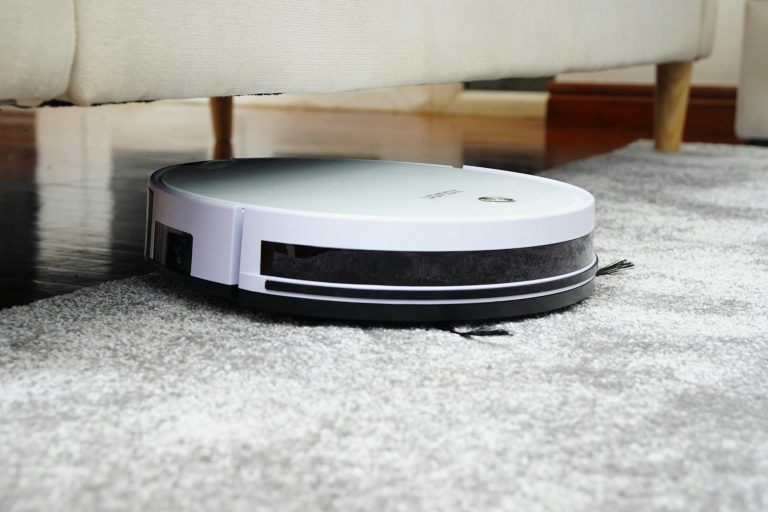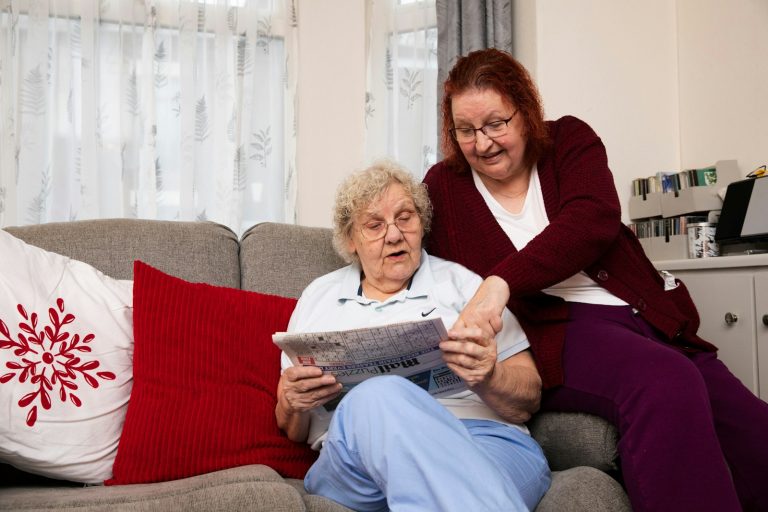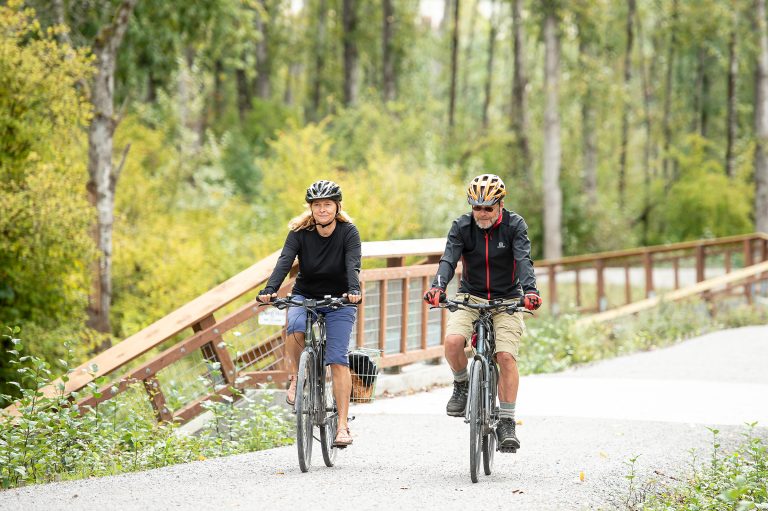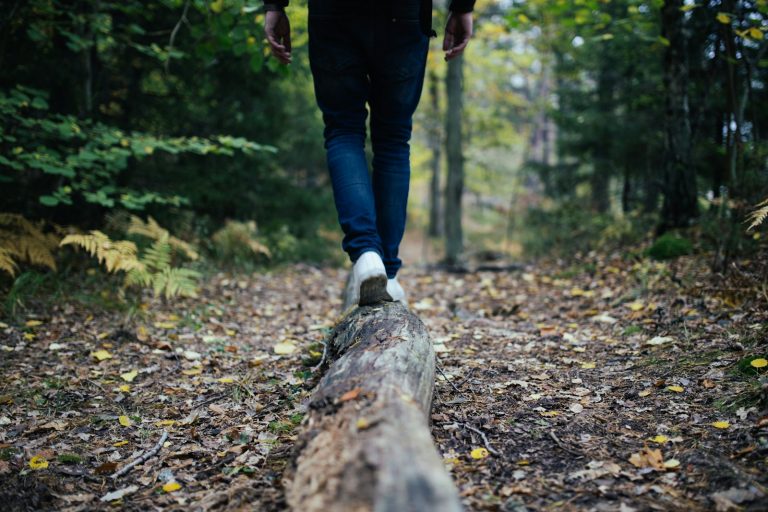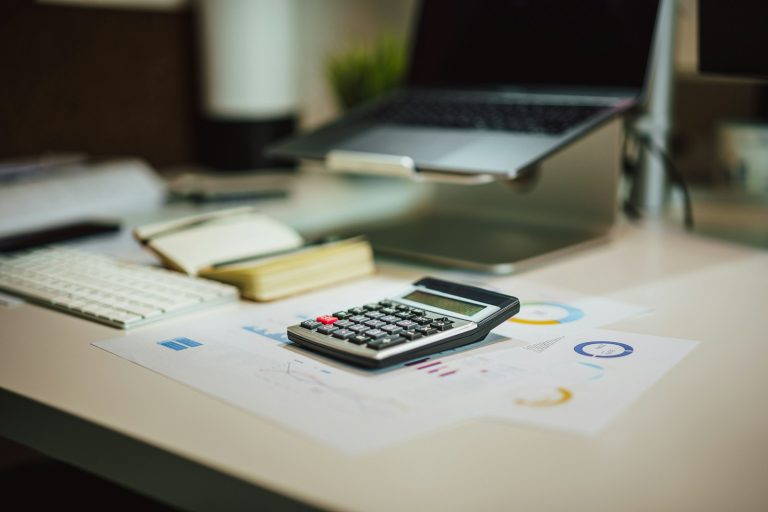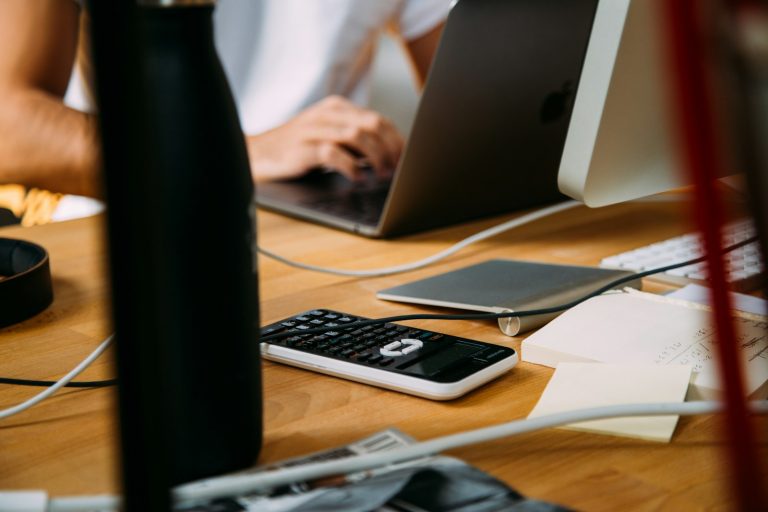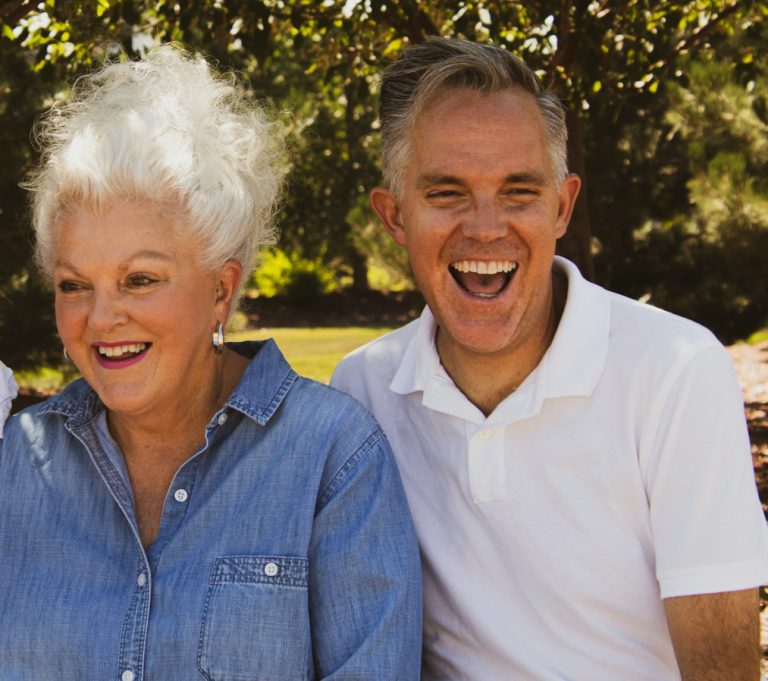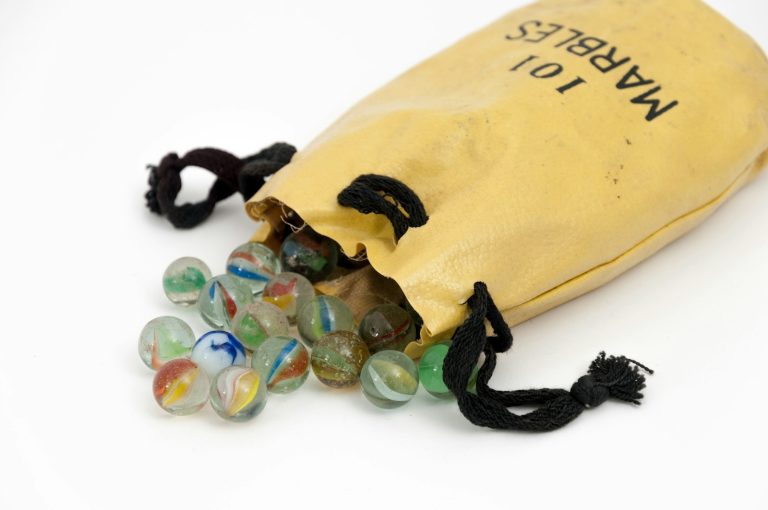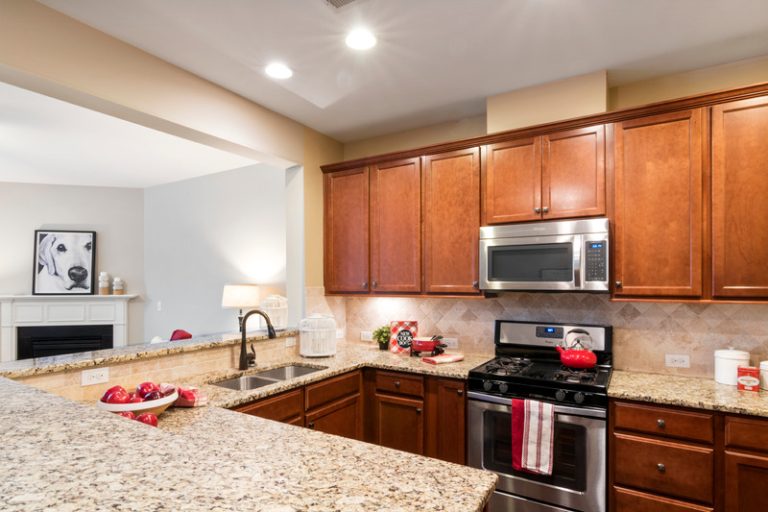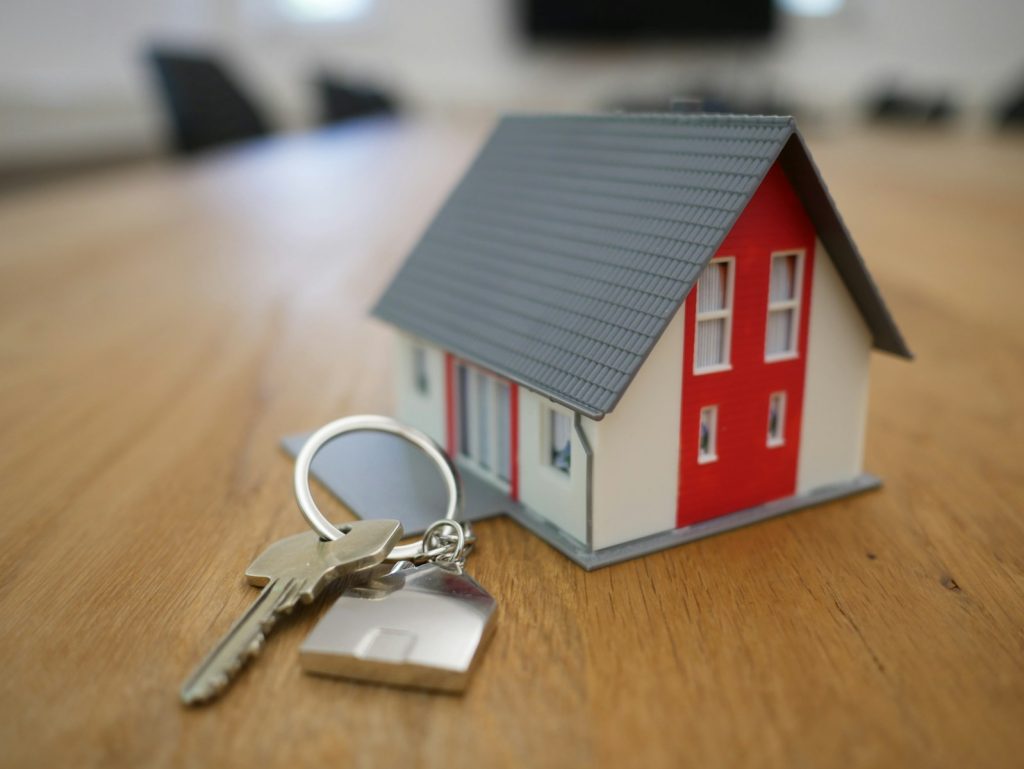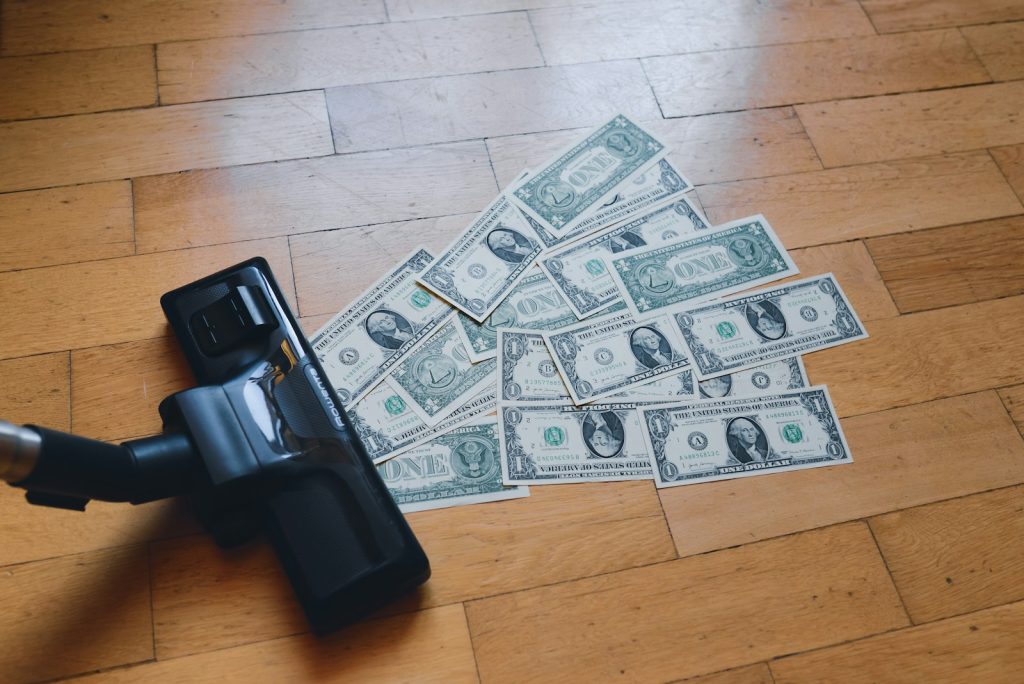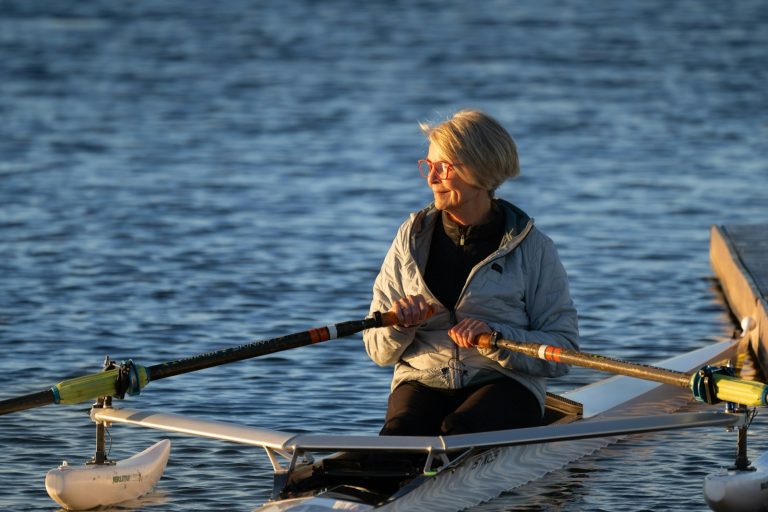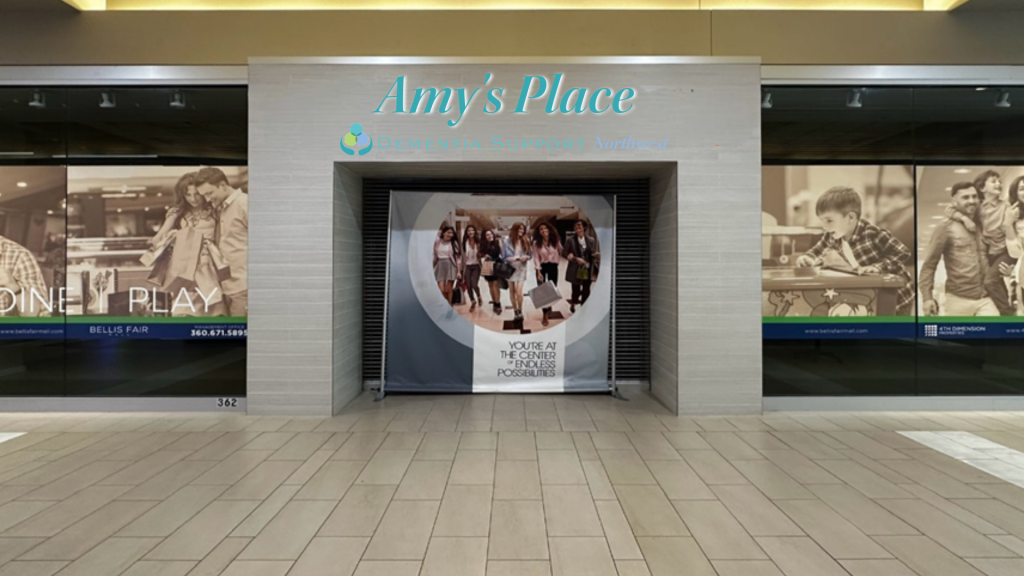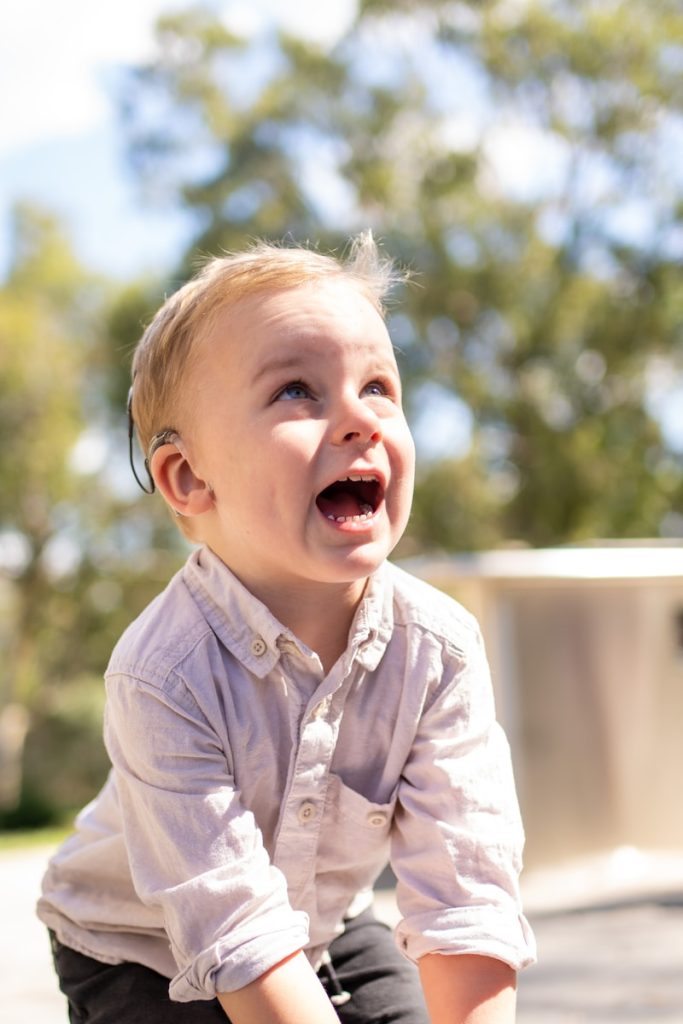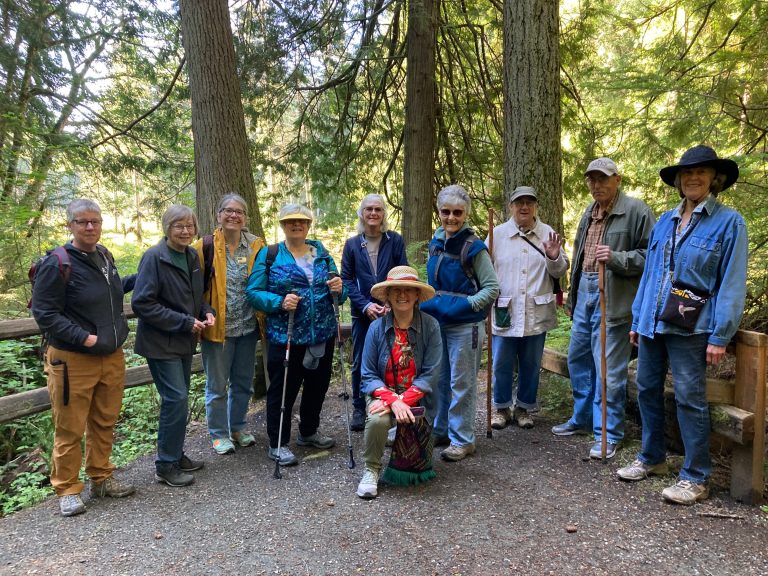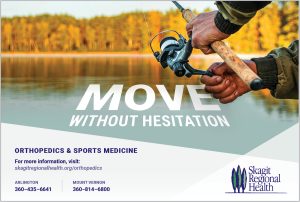Functional Ftness to Maintain an Active Lifestyle is contributed by Anthony Hamilton, Functional Aging Specialist, owner of Ageless Fitness. This was originally published in the Fall, 2019, Edition of Vibrant Senior Options Resource Guide.
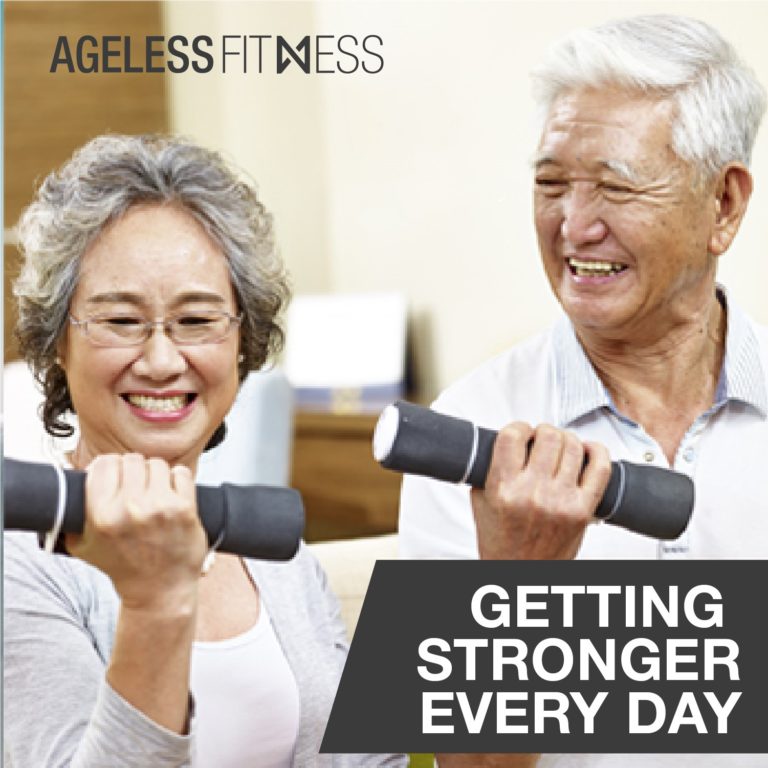
Updated in October, 2023
Don’t stop moving! Move…a lot. The most basic key to achieving functional longevity is human movement. We were created to move and we should be moving naturally every day. Natural movements are those things we do in order to accomplish a task or to provide enjoyment. Lifting, bending, stooping, walking, running, carrying, pushing, pulling, jumping, skipping, hopping, squatting, throwing, catching, crawling, climbing, rolling, somersaulting…these are all natural movements that we have been doing since childhood.
Functional Exercise
Exercise is just a specific type of physical activity, but it is one that yields many additional benefits beyond just being physically active. Unfortunately, exercise is poorly understood by the typical adult, especially in the context of aging.
Exercises Are Not All Created Equal
Not all exercises are created equal. An exercise program designed for functional longevity looks VERY different than the kind of program the vast majority of people engage in. Most people follow programs that increase muscle size and strength which, on the surface, sounds good to combat aging since the aging process tends to reduce both. However, research has made it pretty clear that although these types of programs unequivocally improve muscle size and strength (even in 90 or 100-year-olds), they do NOT necessarily improve physical function. Latham and colleagues (2004) reviewed the best training studies available. They concluded that strength gains are not equal to similar functional improvements in older adults who exercise regularly. And those who became the strongest did not necessarily become the most functional.
Physical Function
The reason that strength gains and functional improvements are not equal is because physical function is much more complicated than we realize. There are many other factors which contribute to physical function other than just how big and strong the muscles are. These factors include: motor control, coordination, muscle power, proprioception, sensory integration, balance, stability, mobility, agility and more. An exercise program designed to improve physical function should challenge most or all of these factors, whereas the typical exercise program that includes basic strength and cardio machines does not address.
Six Domains of Functional Fitness:
- Neuro-Muscular: Focuses on coordination, moving faster and improved reaction time. Pickle Ball is a great activity to stimulate the Neuro-Muscular system.
- Cognitive-Emotional: Focuses on memory and problem solving. Keep an active social environment. Play card games and interact with friends and family as much as possible.
- Mobility: Move in ALL planes of motion! Do chair squats, wood chops with a light weight, shuffle side to side. These are the movements that maintain full range of motion in the joints and allow us to move on command without restriction.
- Balance: Focuses on postural control and breathing. Challenge your balance daily to maintain stability and stimulate the nervous system. Maintaining physical balance helps prevent falls.
- Cardio Respiratory: Heart health. Walking is great for maintenance. Try adding hills, stairs, or adventure hiking to improve cardio health.
- Strength: If you don’t use it, you lose it! Stimulate muscles with strength training that includes speed and power. For instance, focus on standing up FASTER! (Take into consideration your stability and balance and go slower if needed.)
By integrating these six domains into your lifestyle, you can stay active longer and slow down the aging process. If you need help, contact your local Functional Aging Specialist at Ageless Fitness.
Anthony Hamilton, Owner
Ageless Fitness
Whatcom: 360-986-5600
Skagit: 360-873-8377
www.agelesswa.com
Back to Vibrant Senior Options homepage.



